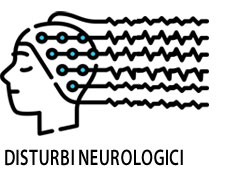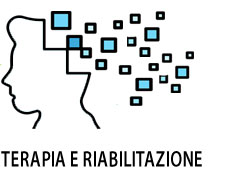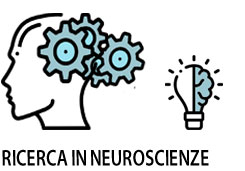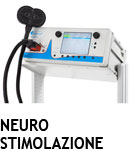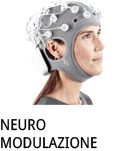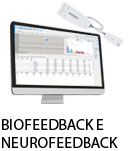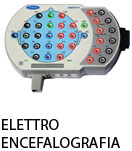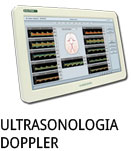- +39 011 5821948
- info@geasoluzioni.it
- Lun - Ven 8:00 - 17:00
Cortical and subcortical microstructure integrity changes after repetitive transcranial magnetic stimulation therapy in cocaine use disorder and relates to clinical outcomes
- Abstract:
- Cocaine use disorder (CUD) is a worldwide public health condition that is suggested to induce pathological changes in macrostructure and microstructure. Repetitive transcranial magnetic stimulation (rTMS) has gained attention as a potential treatment for CUD symptoms. Here, we sought to elucidate whether rTMS induces changes in white matter (WM) microstructure in frontostriatal circuits after 2 weeks of therapy in patients with CUD and to test whether baseline WM microstructure of the same circuits affects clinical improvement. This study consisted of a 2‐week, parallel‐group, double‐blind, randomized controlled clinical trial (acute phase) (sham [n = 23] and active [n = 27]), in which patients received two daily sessions of rTMS on the left dorsolateral prefrontal cortex (lDLPFC) as an add‐on treatment. T1‐weighted and high angular resolution diffusion‐weighted imaging (DWI‐HARDI) at baseline and 2 weeks after served to evaluate WM microstructure. After active rTMS, results showed a significant increase in neurite density compared with sham rTMS in WM tracts connecting lDLPFC with left and right ventromedial prefrontal cortex (vmPFC). Similarly, rTMS showed a reduction in orientation dispersion in WM tracts connecting lDLPFC with the left caudate nucleus, left thalamus, and left vmPFC. Results also showed a greater reduction in craving Visual Analogue Scale (VAS) after rTMS when baseline intra‐cellular volume fraction (ICVF) was low in WM tracts connecting left caudate nucleus with substantia nigra and left pallidum, as well as left thalamus with substantia nigra and left pallidum. Our results evidence rTMS‐induced WM microstructural changes in fronto‐striato‐thalamic circuits and support its efficacy as a therapeutic tool in treating CUD. Further, individual clinical improvement may rely on the patient's individual structural connectivity integrity.
- Patologie/Applicazioni:
- Anno:
- 2024
- Tipo di pubblicazione:
- Articolo
- Parola chiave:
- TMS; stimolazione magnetica transcranica; Dipendenza; dipendenza da sostanze; cocaina; CUD
- Testata scientifica:
- National Center of Biotechnology Information
- Mese:
- 02
- Nota:
- Questo studio prende in esame 53 soggetti (30 trattati, 23 controllo) con dipendenza da cocaina. Lo studio è stato condotto a doppio cieco con uno stimolatore MagPro R30+ Option e una bobina B65 attivo/placebo. Ad ogni soggetto sono stati somministrati 5000 impulsi al giorno per 10 giorni al 100% della soglia motoria sulla corteccia prefrontale dorsolaterale di sinistra. Tramite l’uso di MRI è stato evidenziato come la TMS sia in grado di indurre dei cambiamenti microstrutturali nella materia bianca: in particolare, sono stati individuati un aumento della densità dei dendriti e una riorganizzazione degli assoni. Inoltre, gli autori hanno trovato una correlazione tra la microstruttura della materia bianca prima del trattamento e la risposta clinica dei soggetti che potrebbe servire come predittore per l’esito della TMS.
- DOI:
- 10.1111/adb.13381
Hits: 418
La nostra storia
GEA soluzioni si affaccia nel 2013 al mercato della strumentazione medicale di alto livello tecnologico ma la sua storia parte da più lontano, clicca qui per approfondire.
GEA SOLUZIONI SRL
via Spalato 72/A, Torino
Tel.: 011 5821948 / 011 4463853
Fax: 011 0433281
Email: info @ geasoluzioni.it
P. IVA IT11696920013
REA TO1233648

